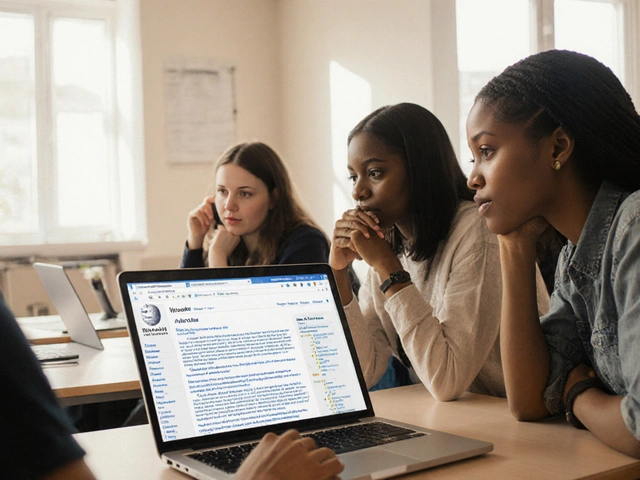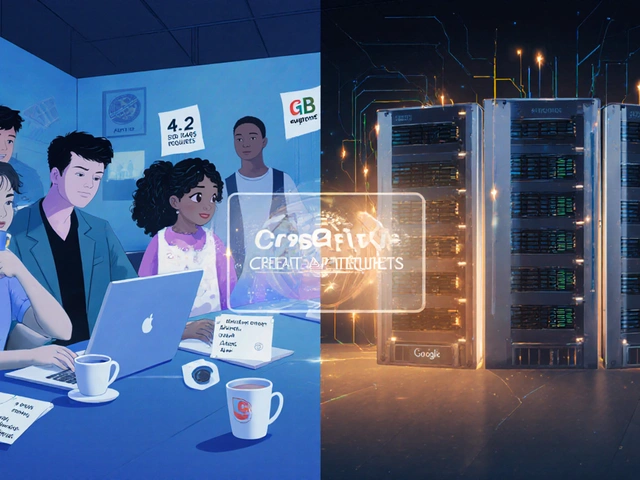Article Quality on Wikipedia: How Editors Build and Judge Reliable Content
When you read a Wikipedia article, you're not just seeing facts—you're seeing the result of article quality, a system of standards, collaboration, and review that determines whether content is accurate, well-sourced, and stable. Also known as content reliability, it’s what separates Wikipedia from random websites and makes it a trusted starting point for millions. This isn’t about popularity or how long an article is. It’s about whether the information is backed by reliable sources, written neutrally, and maintained by active editors who care about accuracy.
Article quality doesn’t happen by accident. It’s driven by WikiProjects, volunteer groups focused on improving articles in specific areas like science, history, or medicine. These groups set internal guidelines, assign reviews, and push articles toward featured article, the highest quality rating on Wikipedia, reserved for pieces that are comprehensive, well-written, and thoroughly cited. Behind every featured article are dozens of edits, multiple rounds of feedback, and often months of work. Meanwhile, thousands of other articles sit in lower quality tiers—not because they’re wrong, but because they’re incomplete, under-sourced, or lack structure. That’s where content moderation, the ongoing process of reviewing, fixing, or removing low-quality edits comes in. Bots flag broken links, editors add citations, and disputes are settled on talk pages using policy, not opinion.
What makes article quality tricky is that it’s not just technical—it’s human. It depends on who’s editing, what they know, and where they’re from. A well-written article about quantum physics might be flawless, but if no one from the Global South has contributed to it, it’s still missing vital context. That’s why efforts to improve article quality now include training student editors, supporting African language Wikipedias, and pushing for more diverse voices in the review process. The goal isn’t just to make articles longer or prettier. It’s to make them fairer, more complete, and truly global.
Below, you’ll find real stories from inside Wikipedia’s engine room: how editors fight for accuracy, how community projects lift weak articles into top-tier content, and how even small fixes can change how knowledge is seen and trusted worldwide.
How to Monitor Wikipedia Article Talk Pages for Quality Issues
Monitoring Wikipedia talk pages helps identify quality issues before they spread. Learn how to spot red flags, use tools, and contribute to better information across the platform.







